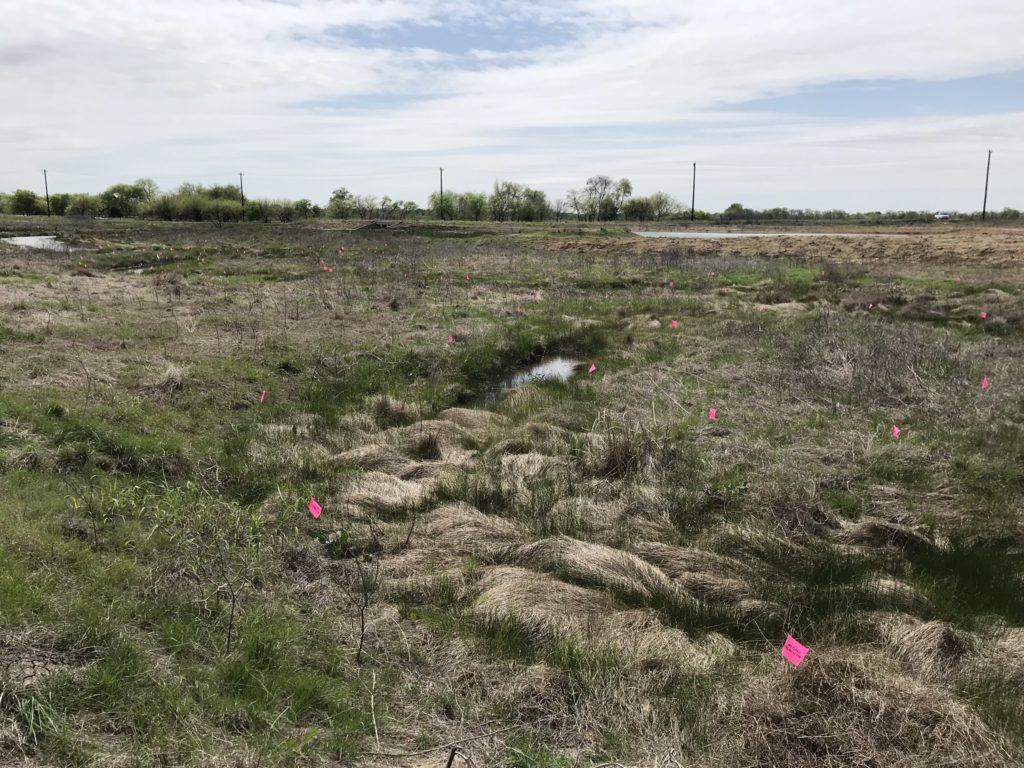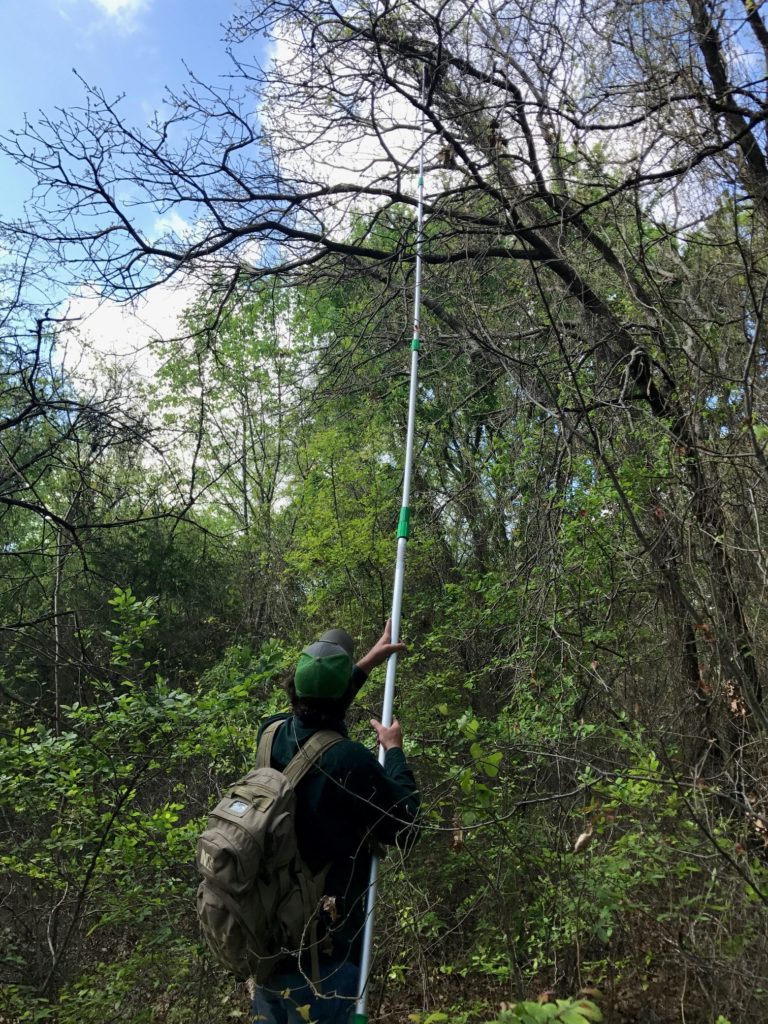Natural Resource Management
The natural resources management services offered by IES provide for compliance with prevailing regulatory requirements/laws, coordination with interested parties, stakeholders, or agencies, and ensure optimum use of the land in support of its client’s mission/goals.
IES offers a multi-disciplined staff capable of developing, recommending, and implementing management strategies and initiatives on virtually any scale and in any ecosystem. Integrated Environmental Solutions resource specialists have provided individual or integrated natural resources management solutions for both aquatic and terrestrial environments. Our staff is extremely knowledgeable, and has a tremendous amount of experience.
We have experience to handle any or all of the following:
- Public/Agency Outreach
- Agency/Contractor Training
- Awareness/Identification Brochures, Posters, Signage, and Pamphlets
- Natural Resources/Ecosystem Inventories, Attributes Analysis, and Impact Assessment
- Land Condition Trend Analysis
- Natural Resource Damage Assessment
- Threatened and Endangered Species Surveys
- Biological Assessments/Opinions
- Section 7 Consultation
- Restoration Plans and Programs
- Wetlands Delineation, Permitting, Mitigation Design, Mitigation Implementation, and Mitigation Monitoring (More Info)
- Coastal Zone Management
- Integrated Natural Resources Management Plans
- Invasive/Exotic Species Inventories and Management Plans
- Natural Resource Based Recreation Plans and Programs

Waters of the U.S. delineations are the first step in determining if there are aquatic resources that could be regulated by the U.S. Army Corps of Engineers and are useful planning tools for development and due diligence practices.

To assist clients in maintaining compliance with the Migratory Bird Treaty Act, IES routinely conducts bird nest surveys utilizing non-invasive survey techniques.

IES conducts, implements, executes, and provides Aquatic Resource Relocation Plans (ARRP) to avoid and/or minimize restitution for or restoration of fish, wildlife, and habitat loss occurring as a result of construction projects.

Many cities and towns require tree surveys prior to land clearing and development to determine the size, location, and possible significance of the trees in accordance with their ordinances.


